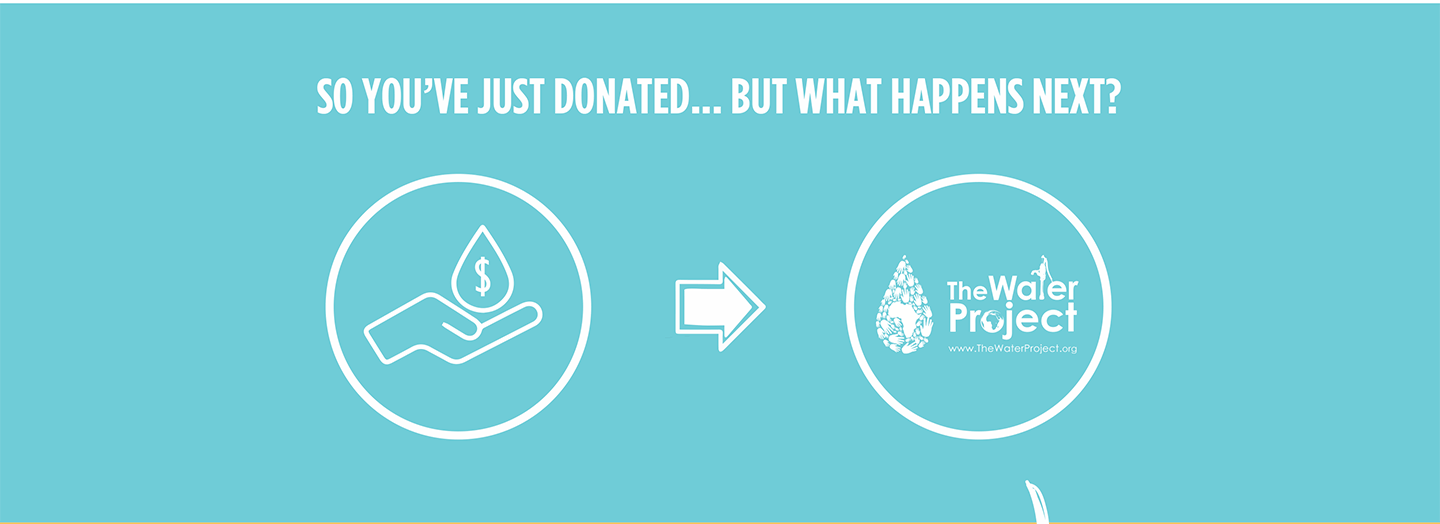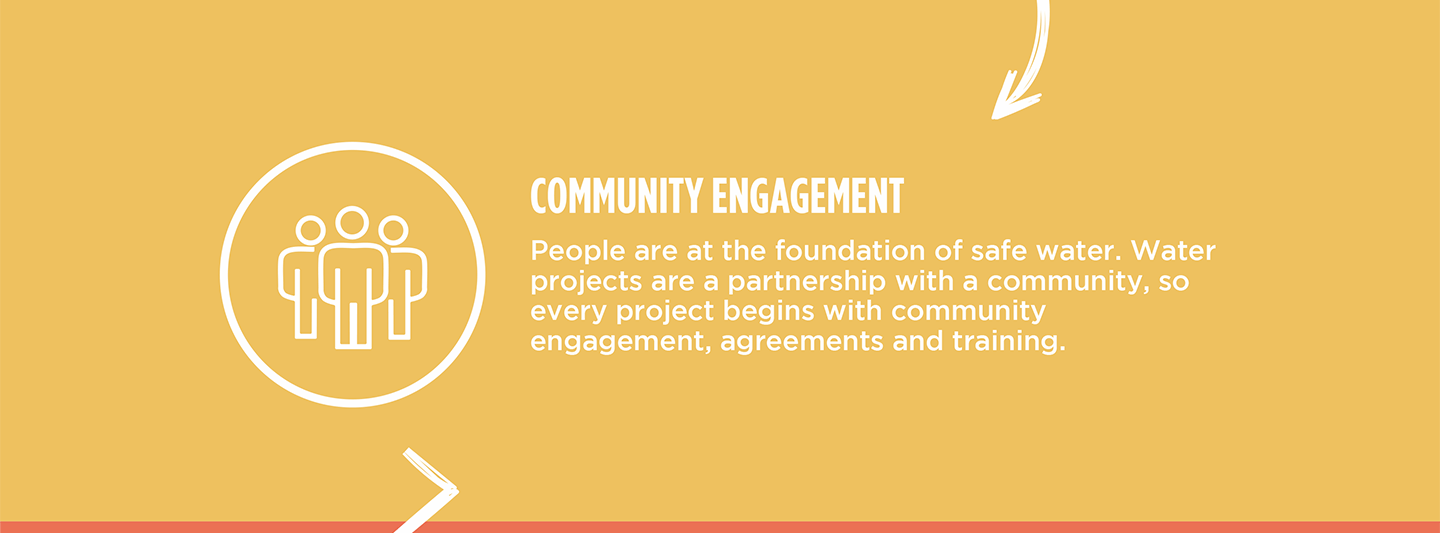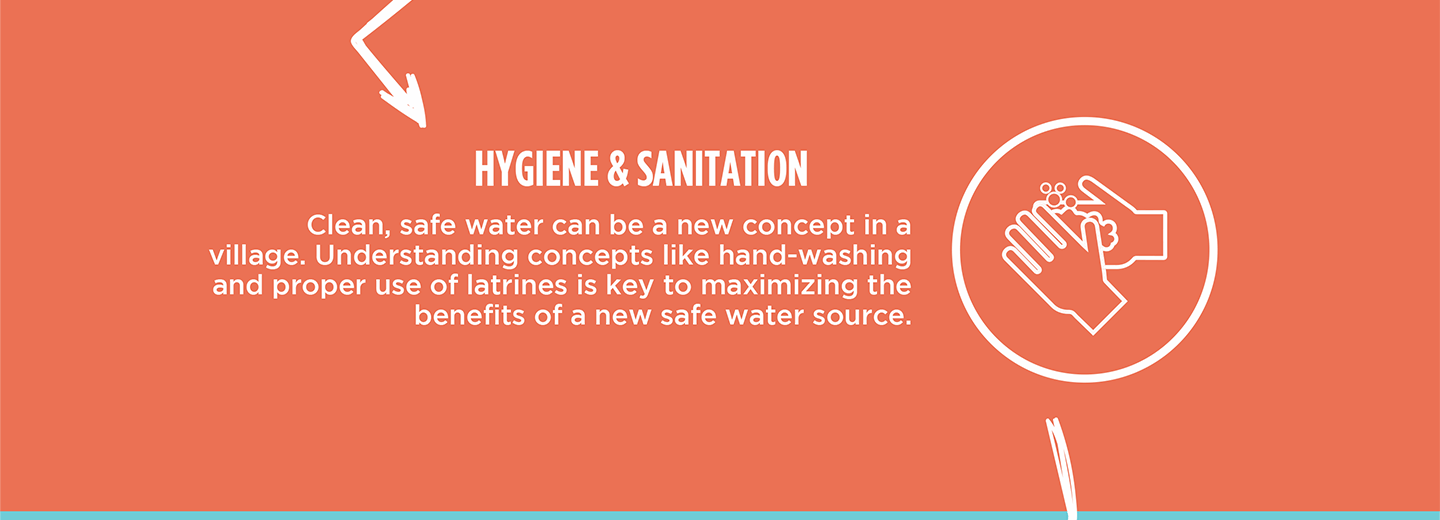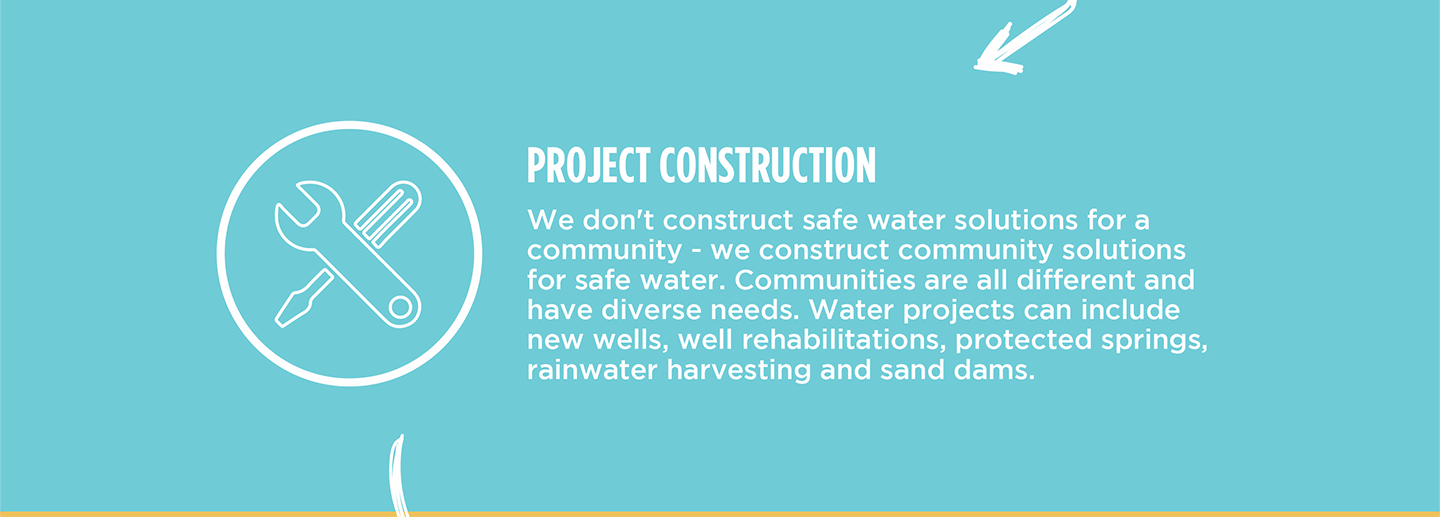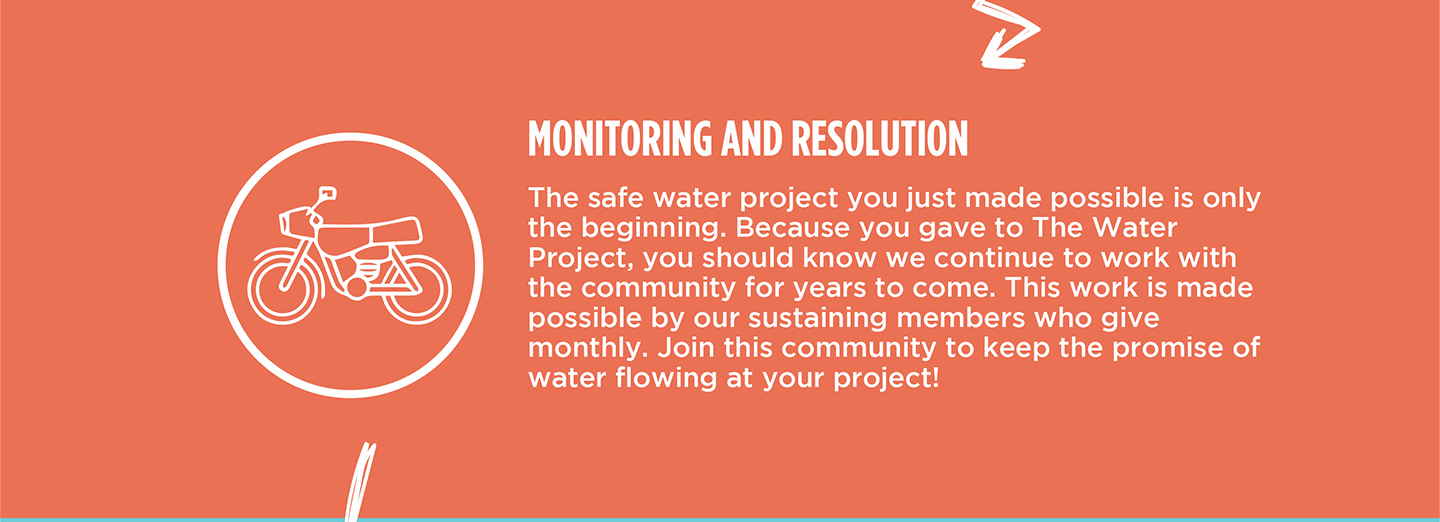The primary water source for those living in this part of the Makuu Community is the unprotected Shitoyi Spring. The 252 people who rely on it for their daily water needs struggle because it is not functioning as it should, and the busy spring is overcrowded.
Ten-year-old Ivan spends two tiring hours a day fetching water.

Ivan collecting water.
"Water is mostly used to perform house chores. It's part of my daily role to go fetch water. The water itself is used by me as well, so I don't feel bothered when sent for water. One time, I went fetching water, and on finding a long queue, I decided to just place my containers on the queue, hoping to come back shortly when it [was] almost my turn. Surprisingly, when I got back, my jerricans had been displaced, having [me] to wait for long hours," shared Ivan.

Wasting so much time collecting water also means that sometimes Ivan misses school, which puts him behind and frustrates him.
"In the morning, having to rush [to] the water point and on finding [a] long queue [it] definitely makes me get late to school, thus missing important lessons. Therefore, whatever is taught that day when set in an examination, failure tends to arise," said Ivan.
We asked Ivan how he would use his time if he didn't have to spend so much time collecting water.
He said, "As a focused and serious academician, I would spend most of my time reading story books, doing extra questions for later submission to my various subject teachers, thus improving my performance. [I] would also spend some time playing with my friends and, lastly, assisting when called upon."

Ivan helping with chores at home.
Ivan dreams of how protecting his spring might make his future better.
"[I] will be consuming clean and safe water; thus, good health is promised. [There will be] reduced time wastage because of the improved accessibility and also improved hygiene resulting from having plenty of water for washing the clothes," said Ivan.
He continued, "As a child full of discipline, respect, and focus who tends to value education so much I plan to have a continuous focus and more concentration on my studies. [I] hope to pass all my exams in all the levels and, in turn, secure a good job. [I will] use the proceeds to take care of my parents and myself comfortably."
Steps Toward a Solution
Our technical experts worked with the local community to identify the most effective solution to their water crisis. They decided to safeguard the existing flowing spring.
Spring Protection
Springs are natural water sources that originate from deep underground. As water travels through various layers of the earth, it undergoes a natural filtration process, making it cleaner and safer to drink. To protect these spring sources from contamination, we construct a waterproof cement structure around layers of clay, stone, and soil. This design channels the spring water through a discharge pipe, facilitating easier, faster, and cleaner water collection.
Chlorine Dispenser
As an extra measure towards water quality safety, uniquely engineered chlorine dispensers are installed at all of our spring protection projects so community members can treat their water with pre-measured doses of chlorine. The chlorine treats any residual contamination and stays active for two to three days, ensuring water stays safe to use even when stored at home. Chlorine delivery and maintenance of the dispensers are part of our ongoing community support.
Community Education & Ownership
Hygiene and sanitation training are integral to our water projects. Training is tailored to each community's specific needs and includes key topics such as proper water handling, improved hygiene practices, disease transmission prevention, and care of the new water point. Safe water and improved hygiene habits foster a healthier future for everyone in the community. Encouraged and supported by the guidance of our team, a water user committee representative of the community's diverse members assumes responsibility for maintaining the water point, often gathering fees to ensure its upkeep.

 Protected Spring
Protected Spring
 Rehabilitation Project
Rehabilitation Project


























